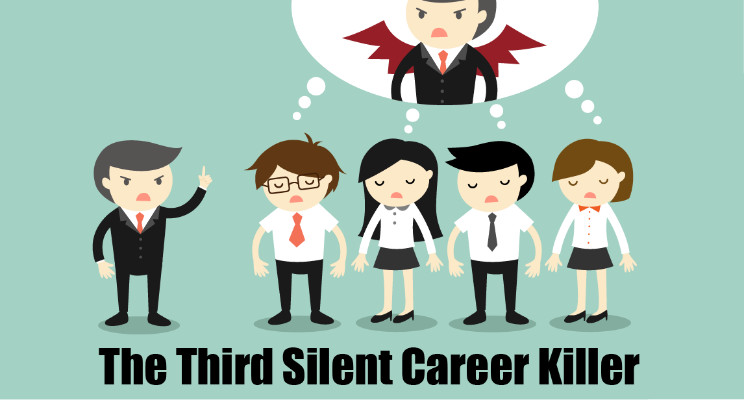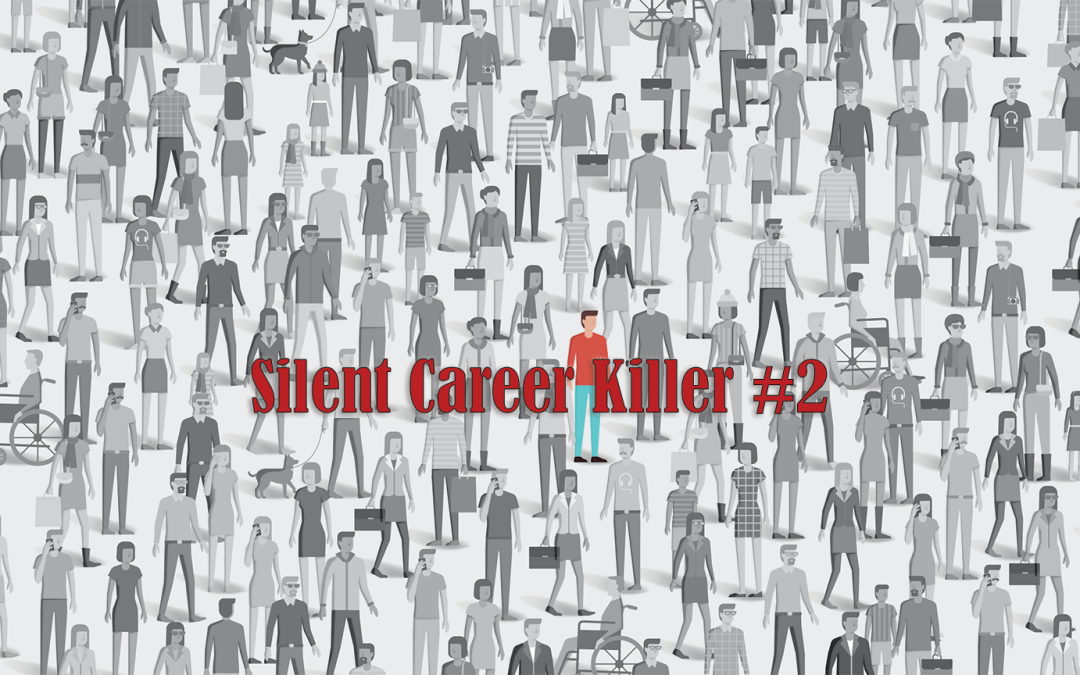
What Characteristics Should I Look for in a Marketing Leader?
What Characteristics Should I Look for in a Marketing Leader?
When Hiring a Chief Marketing Officer, Look to Match Their Qualities to Your Business Needs.
Executives understanding of the importance of the marketing function has certainly progressed in the B2B sector as technology tools increased the ability to showcase return on investment and map the client journey.
Data analytics and artificial intelligence can mine your CRM and lead generation systems, providing a wealth of forward-looking information. Your marketing leader can analyze the data and provide your executive leaders and Board with critical, time-saving information for your business that can be incorporated into your strategy, leading to enhanced market position.
But when it comes time to hire a Chief Marketing Officer, many companies fail to look for the individual’s attributes that will match the needs of their organization, and instead, include a wish list of everything the company wants to accomplish, leaving the rest of the C-suite to wonder why the person they hired can’t succeed.
You need to start with creating a clear job description based on your business strategy.
What strategic aims are trying to accomplish over the next 5 years? Is it brand building? Revenue growth? Expansion of offices? Expansion of existing client services? This determines the type of marketer you hire – you need to couple the Marketing Leader’s capabilities to your organizational strategy and business needs. Trying to ask them to do everything is a recipe for disaster.
Marketers’ skills are strategic, tactical and creative. Finding a unicorn with all proficiencies is rare. Determine what kind of skills your organization needs – today – in your Marketing Leader.
For simplicity, I grouped the marketing leaders into four major leadership categories, highlighting a few pros and cons of each.

The Marketing Strategist
![]() This leader looks at a business plan and sees where marketing can make the most impact. They provide vision and clarity on how marketing can help improve business today and tomorrow. They can translate this into meaningful numbers for the CEO and provide data analytics to support marketing programs and demonstrate success.
This leader looks at a business plan and sees where marketing can make the most impact. They provide vision and clarity on how marketing can help improve business today and tomorrow. They can translate this into meaningful numbers for the CEO and provide data analytics to support marketing programs and demonstrate success.
These strategic thinkers move quickly and aren’t afraid to try new things and will pilot new programs, learning from them and scaling up from there. They believe if you fail, you should fail fast and learn what from it. Don’t fear failure!
Their biggest strength is flexibility. They can change and modify plans as needed, getting teams engaged and excited to “go with the flow.” They can also be your biggest advocate and brand ambassador, motivating others internally and externally. They view everything through the lens of the client/customer experience. The Strategist wants to improve that experience and keep them engaged.
The Marketing Tactical Expert
![]() The Tactical leader is an expert in the multiple functional roles of marketing, such as branding, public relations, CRM, email marketing – and was in many of those roles over the years. They mastered many of the skillsets and can still do the work if needed. This is the “roll-up the sleeves” type of person.
The Tactical leader is an expert in the multiple functional roles of marketing, such as branding, public relations, CRM, email marketing – and was in many of those roles over the years. They mastered many of the skillsets and can still do the work if needed. This is the “roll-up the sleeves” type of person.
They have a high degree of knowledge which allows them to mentor others and provide training to the whole team. You know that if you give them a project it will get done. They are marketing experts – the implementers and “doers” – and are particularly valuable to smaller firms and start-ups.
The Marketing Operations/Administrator
Over the course of my career, this is the most frequent type of marketing leader I’ve seen. This individual will structure, organize, put reporting into place, and have the marketing staff shifted to maximize efficiency.
![]() However, unless they also have Strategic skills and are able to tie their marketing strategy to business goals, they are short-term fixers.
However, unless they also have Strategic skills and are able to tie their marketing strategy to business goals, they are short-term fixers.
This isn’t to say that you don’t need a Marketing Operations individual, you do!
You simply need to find a leader with complementary traits – Operations and Strategy – or hire an additional individual to handle those elements separately.
The Creative Marketer
![]() A Creative leader has a mind that sees your target in the marketplace and thinks, “how are we going to grab their attention and turn them into a client?” They are great at putting together impactful campaigns, finding new technology, and diving into digital mediums to target and segment your audience. They will lead your staff into new territory and excite them to work for your company.
A Creative leader has a mind that sees your target in the marketplace and thinks, “how are we going to grab their attention and turn them into a client?” They are great at putting together impactful campaigns, finding new technology, and diving into digital mediums to target and segment your audience. They will lead your staff into new territory and excite them to work for your company.
Contrary to popular belief, not every marketer is creative. In fact, I’ve found that unless you are hiring specifically for a creative individual, most are not. So, don’t take it for granted that you will have a Creative marketing leader, and if you do – treasure them!
Now, you may find a marketing leader with both strategic and tactical skills, or strategic and administrative or any of the various couplings. As you interview candidates ask their approach to projects, opportunities and how they lead their team. This will indicate the type of behaviors they have and help you determine if they are the right fit for your business’s needs. Don’t expect to find someone with all attributes – hire for what your specifically need. Unicorns are rare or impossible to find for a reason!
It is not always easy to find and hire a Chief Marketing Officer. But by determining what your company’s business goals are, you can determine which kind of leader or mix of marketing leadership attributes you need to thrive.





















